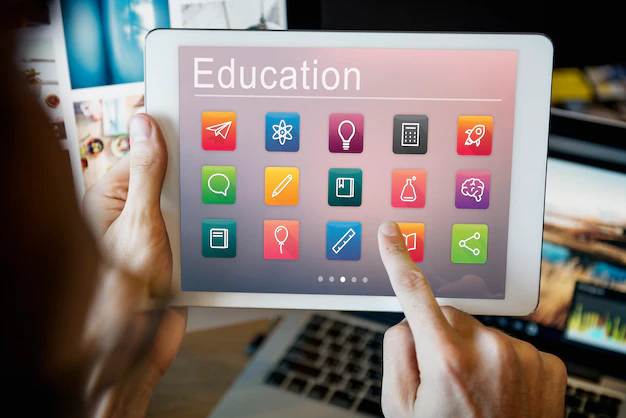InstaDP Viewer: Is This Instagram DP Viewer Worth The Hype?
Jan 07, 2026

Jan 07, 2026

Jan 07, 2026

Jan 05, 2026

Dec 29, 2025

Dec 26, 2025

Dec 26, 2025

Dec 26, 2025

Dec 24, 2025
Sorry, but nothing matched your search "". Please try again with some different keywords.


The role of education software is to provide advantages in learning. It enables students, teachers, and administrators to have a more interactive and engaging experience in their educational environment. The comprehensive role of education software is to provide advantages in learning, whether you’re a student or an educator.
Let’s take a look at the many different types of educational software tools available today and how each can improve your educational experience.
Learning Management Systems (LMS) are software tools used to manage learning in the classroom, online, and in corporate environments. An LMS is a software application designed to support educators’ efforts to plan, deliver, and measure the performance of instructional materials for students. Platforms offering education software solutions contribute to the ongoing evolution of learning management systems, providing tools and expertise to enhance the teaching and learning experience.
An LMS is typically integrated with other applications such as:
Content creation tools are used to create educational content. They can be used to create everything from animations and interactive games to virtual reality experiences. Some examples of content creation tools include:
Assessment software is a great way to measure the progress of students and provide feedback. It can also help teachers, parents, and administrators understand how well their students are doing in certain areas.
It’s important to note that there are different types of assessment software available today:

Adaptive learning systems are a type of educational software that adapts to the user’s needs. This means that they can be used by teachers to help students learn at their own pace, as well as by students who want to learn in a way that best suits them. In addition to adaptive learning systems, tools like a university chatbot can enhance the educational experience by providing quick answers to common questions, offering personalized support, and helping students navigate their academic journey efficiently.
Adaptive learning systems can also be used by students who want to use their own personal experiences as part of their studies.
The importance of security and privacy in education software cannot be overstated, especially in the educational environment. Schools and colleges must ensure that the data they share with their students’ parents is secure and private, or else risk losing enrollment as well as potential funding from concerned parents who don’t want their children’s information being shared with third parties.
Education software should also be prepared for any potential breaches of security or privacy, whether it comes from hackers or internal human error (such as a disgruntled employee). Such incidents could cause irreparable harm to your reputation if not adequately addressed quickly enough by taking legal action against those responsible for breaking laws related to privacy laws like COPPA (Children’s Online Privacy Protection Act).
In order to understand the comprehensive role of education software, it’s important to first understand its definition. Education software is a tool that can be used to help students learn. It can also be used by teachers and other professionals in the field of education in order to provide advantages in teaching and learning.
Education software may be used as an instructional tool for students or teachers, allowing them access to supplemental materials that enhance their educational experience outside of class time or increase student engagement during class time (such as games).
Education software is an essential part of the learning process, and it can be used to enhance many different aspects of education. The best way to find out which software is right for your school or district is by getting in touch with an expert who can help guide you through all of the options available today.
Read Also:
Barsha is a seasoned digital marketing writer with a focus on SEO, content marketing, and conversion-driven copy. With 7 years of experience in crafting high-performing content for startups, agencies, and established brands, Barsha brings strategic insight and storytelling together to drive online growth. When not writing, Barsha spends time obsessing over conspiracy theories, the latest Google algorithm changes, and content trends.
View all Posts
InstaDP Viewer: Is This Instagram DP Viewer ...
Jan 07, 2026
Generative Engine Optimization: How To Rank ...
Jan 07, 2026
3 Best Sites To Buy Google Reviews Safely: On...
Jan 05, 2026
Why Good Web Design Is Now A Core Ranking Fac...
Dec 29, 2025
The Quiet Arrival of True Color: How E-Ink Te...
Dec 26, 2025

